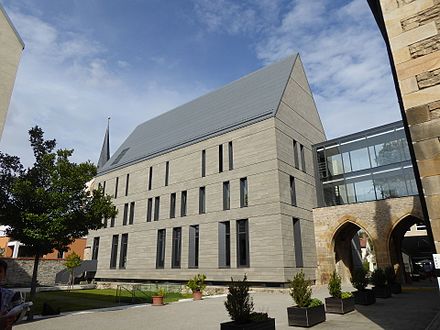I have been reading Giorgio Agamben’s little book about the abdication of Pope Benedict. As always, there is much to stimulate thinking, although even in this very short work (really just two overlapping lectures) there are many subtle threads that one doesn’t quite follow.
A key point is the distinction between legitimacy and legality. As Agamben points out, when law ‘presumes to legislate over everything’ it actually betrays ‘through an excess of formal legality, the loss of all substantial legitimacy’. This seemed to me to pinpoint key issues in the whole Brexit debate. From the point of view of many Brexiteers, the whole problem is one of unaccountable Brussels bureaucrats legislating over absolutely everything including the shape of bananas. Exactly as Agamben says this is perceived as signalling a lack of real legitimacy. From this point of view, the legality of the EU is trumped by the legitimacy of the Brexit referendum. To which the counter-argument seems obvious: what is the legitimacy of a one off vote in which less than half of the possible electorate voted to leave the EU when counted against the treaty obligations to multiple nations on multiple topics freely accepted by a sovereign government with the support of over two-thirds of voters?
But it is just this sort of issue that the Remain camp didn’t address, fixating instead on disputable and since partially falsified economic predictions (though it is now clear that ‘we’ will be significantly worse off even on the most optimistic scenarios). Even more fundamental to the legitimacy of the EU (and Britain’s being a member of it), however, is the basic reason for its existence, namely, to bring peace to a war-ravaged continent that not only came to the brink of self-destruction (as it had in the Napoleonic Wars and the Thirty Years’ War) but also drew the world as a whole into its terrible vortex. This, coupled with the commitment to building a community of nations on the basis of law and human rights, is the substantial ground of its legitimacy, a legitimacy that Britain had implicitly accepted, though, as shown by the relentless low-level polemic against the authority of the European courts, accepted only grudgingly.
Next time: what has this got to do with the Pope?



